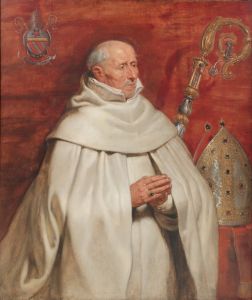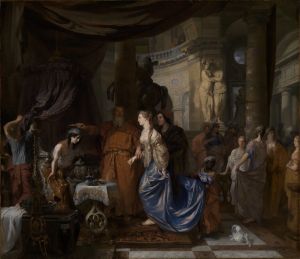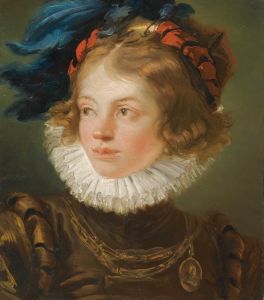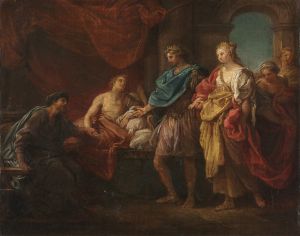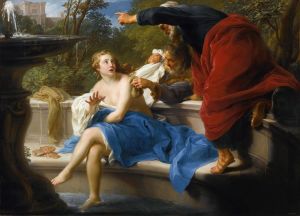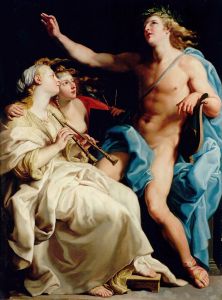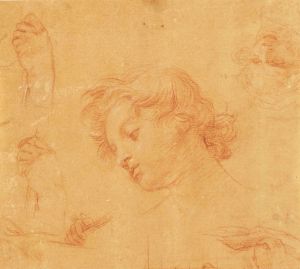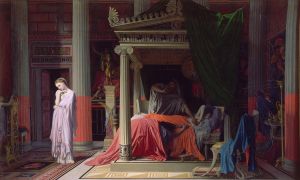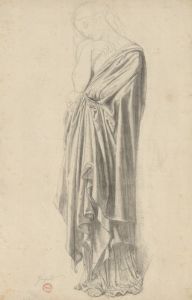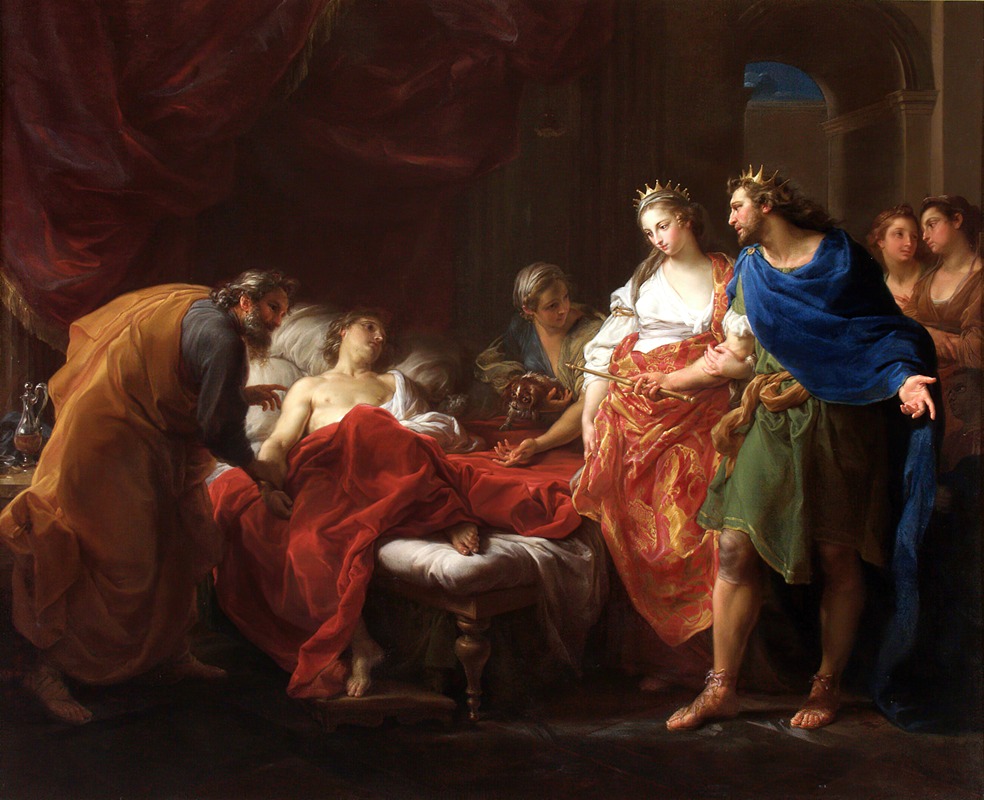
Antiochus And Stratonice
A hand-painted replica of Pompeo Batoni’s masterpiece Antiochus And Stratonice, meticulously crafted by professional artists to capture the true essence of the original. Each piece is created with museum-quality canvas and rare mineral pigments, carefully painted by experienced artists with delicate brushstrokes and rich, layered colors to perfectly recreate the texture of the original artwork. Unlike machine-printed reproductions, this hand-painted version brings the painting to life, infused with the artist’s emotions and skill in every stroke. Whether for personal collection or home decoration, it instantly elevates the artistic atmosphere of any space.
"Antiochus and Stratonice" is a painting by the Italian artist Pompeo Batoni, completed in 1774. Batoni, renowned for his skill in portraiture and history painting, was a prominent figure in the 18th-century art scene, particularly known for his ability to blend the classical traditions of the Renaissance with the emerging styles of his time.
The painting depicts a scene from ancient history involving Antiochus I Soter, the son of Seleucus I Nicator, one of Alexander the Great's generals and the founder of the Seleucid Empire. The story is derived from the writings of Plutarch and other ancient historians. It tells of Antiochus's secret love for his stepmother, Stratonice, who was married to his father, Seleucus. Antiochus fell gravely ill, and his condition puzzled the court physicians. Eventually, the renowned physician Erasistratus discovered that Antiochus's illness was due to his unrequited love for Stratonice. Erasistratus observed that Antiochus's pulse quickened and he showed signs of distress whenever Stratonice was present. Upon realizing the cause, Seleucus, in a gesture of paternal love and sacrifice, decided to give up Stratonice to his son, thus saving Antiochus's life.
Batoni's painting captures the dramatic moment of revelation and decision. The composition is carefully arranged to highlight the emotional intensity of the scene. Antiochus is depicted lying on a bed, visibly weakened by his condition, while Erasistratus gestures towards him, explaining the situation to Seleucus and Stratonice. The expressions on the faces of the characters are meticulously rendered, conveying a range of emotions from concern and compassion to surprise and realization.
The painting is a fine example of Batoni's ability to convey narrative through art. His use of color, light, and composition draws the viewer into the story, emphasizing the human drama at its core. The classical setting, with its architectural elements and drapery, reflects Batoni's interest in antiquity and his skill in creating a believable historical context.
"Antiochus and Stratonice" is housed in the Louvre Museum in Paris, where it continues to be appreciated for its artistic merit and historical significance. The painting not only showcases Batoni's technical prowess but also his ability to engage with complex emotional and moral themes, making it a significant work in the canon of 18th-century European art.
Batoni's work remains influential, and "Antiochus and Stratonice" is often studied for its exemplary representation of neoclassical ideals and its contribution to the tradition of history painting. The painting serves as a testament to Batoni's legacy as one of the leading artists of his time, bridging the gap between the Baroque and the emerging neoclassical style.





